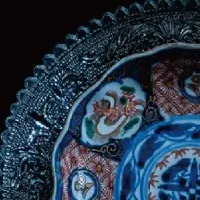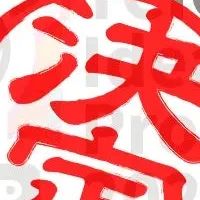
Xixia Imperial Tombs Recognized as UNESCO World Heritage Site Glorifying Cultural Fusion
The Recognition of the Xixia Imperial Tombs
On July 11, during the 47th session of the UNESCO World Heritage Committee held in Paris, the Xixia Imperial Tombs were officially listed as a World Heritage Site. This monumental event marked China’s 60th entry into the World Heritage List, emphasizing the significance of cultural heritage preservation worldwide.
Located at the base of the Helan Mountains in Yinchuan, within the Ningxia Hui Autonomous Region of Northwest China, the Xixia Imperial Tombs represent the most extensive and well-preserved archaeological relics from the Xixia Dynasty (1038-1227). This dynasty, though not as widely recognized as others, played a crucial role in the cultural exchanges along the Silk Road from the 11th to the 13th centuries. The site encompasses nine royal mausoleums, 271 subordinate tombs, an architectural complex, and 32 flood control structures, reflecting a unique synthesis of cultures, beliefs, and architectural styles.
Over nearly fifty years of archaeological research, more than 7,100 exquisite artifacts have been uncovered. These include valuable items such as a gilded bronze ox and a glazed Chiwen, which vividly illustrate the characteristics of Xixia civilization. The UNESCO World Heritage Committee has praised the Xixia Imperial Tombs as an outstanding example of cultural fusion. Their spatial distribution, design philosophy, and architectural features blend the imperial mausoleum systems of the Tang (618-907) and Song (960-1279) dynasties with Buddhist influences and local ethnic customs. This integration has resulted in unique funerary traditions and highlights the dynasty's significant role in cultural and commercial exchanges along the Silk Road.
The listing as a World Heritage site also serves to acknowledge the tremendous efforts made by the Chinese government in preserving the cultural heritage of the Xixia Imperial Tombs. Designated as a National Key Cultural Relics Protection Unit in 1988, the site has benefited from comprehensive laws and regulations for its management and preservation. Notably, since 2000, in collaboration with professional institutions, 60 significant reinforcement projects have been successfully implemented. These projects have effectively mitigated the risks of instability and erosion that previously threatened the imperial mausoleums and primary subordinate tombs.
Moreover, the removal of approximately 100,000 square meters of modern buildings and facilities within the heritage zone, coupled with the establishment of a comprehensive monitoring and early warning platform, has significantly ensured the authenticity, integrity, and preservation environment of this important historical site. International scholars emphasize that the Xixia Imperial Tombs provide crucial physical evidence for studying ancient ethnic relations, architectural arts, and funerary traditions in China.
Given the successful inscription, the Xixia Imperial Tombs are now an enriched addition to the diversity of global cultural heritage, celebrating the confluence of histories and the ongoing efforts to preserve meaningful cultural legacies. This recognition not only elevates the status of these tombs but also casts a spotlight on the rich cultural history of an often-overlooked era in Chinese history. As visitors from around the world come to explore this newfound heritage site, it serves as a living testament to the intricate tapestry of cultural fusion that has shaped the region over centuries.
Topics Entertainment & Media)










【About Using Articles】
You can freely use the title and article content by linking to the page where the article is posted.
※ Images cannot be used.
【About Links】
Links are free to use.